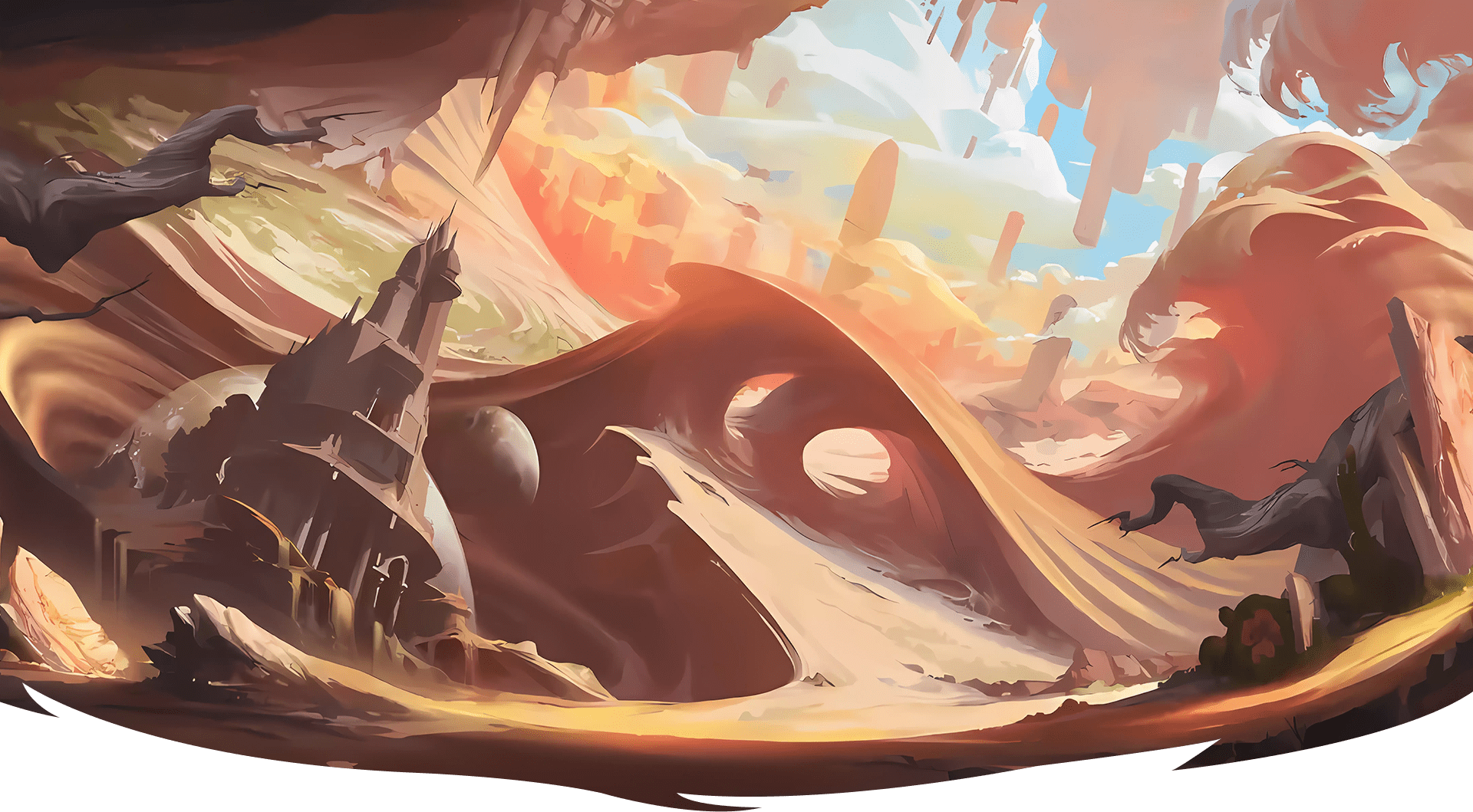- Home
- Shop
- Forest Series
- Grassland Series
- Desert Series
- Contact
- Home
- Shop
- Forest Series
- Grassland Series
- Desert Series
- Contact






ATV Fun with Carrying Trailer
Great gift for kids aged 3-6 years, this 6V electric tractor with a detachable trailer not only offers a realistic driving experience but also allows kids to do carrying chores indoors and outdoors (the trailer is only for light items).
Safe and Smooth Ride On
Made of premium PP with an ergonomic wide seat, this electric 6-wheeler can hold a little driver within 66 lbs. Treaded tires provide high traction on grass, dirt, gravel, and pavement.
High Performance Powered Car
Equipped with a 6V 4.5Ah UL-certified rechargeable battery and a 6V 25W motor, the battery-powered quad will last about 1 hour after full charge, providing your child a riding journey at the speed of 1.86-3.73 mph.


CHARACTERISTICS
The Chipmunk is a member of the family Mammalia, Rodentia and Sciuridae. It is also known as the Striped Squirrel, the Timber Tiger and the Mini-bear. The body length among most Chipmunks ranges from 5.5 to 6.3 inches and the tail length is 5 Inches. Chipmunks typically weigh about 0.02 pounds and live about 5 to 10 years. They have small but prominent ears which face forwards, and small eyes on the sides of their heads. Most wild Chipmunks are lively.


Lorem ipsum dolor sit amet, consectetur adipiscing elit. Ut elit tellus, luctus nec ullamcorper mattis, pulvinar dapibus leo.


CHARACTERISTICS
The Tibetan Wild Ass is a large graceful wild ass native to the Tibetan Plateau. Its coat is a rich chestnut color, darker brown in winter and a sleek reddish-brown in late summer when the animal molts its woolly fur. The legs, underparts, end of the muzzle, and the inside of the ears are all white. There is a broad, dark chocolate-colored dorsal stripe that extends from the mane to the end of the tail, and ends in a tuft of blackish-brown hairs.

RANGE AND HABITAT
Tibetan Wild Asses are found on the Tibetan Plateau, between the Himalayas in the south and the Kunlun Mountains in the north, the borders in the Ladakh and Sikkim regions of India, and along the northern frontier of Nepal. They inhabit alpine meadows and steppes and prefer relatively flat plateaus, wide valleys, and low hills, dominated by grasses, sedges, and smaller amounts of other low-lying vegetation.

DIET
Tibetan Wild Asses are herbivores (graminivores) and feed on grasses and sedges. When little grass is available, such as during winter or in the more arid margins of their native habitat, they may eat shrubs, herbs, and even roots, dug from the ground.

BEHAVIOR
Tibetan Wild Asses are generally social animals and live in family groups. They sometimes gather together in large herds, which may number several hundred individuals. However, these herds are not permanent groupings, but temporary aggregations, consisting either of young males only, or of mothers and their foals. Older males are typically solitary and defend their territory from rivals, and dominate any local groups of females. Territorial males sometimes become aggressive towards intruders, kicking and biting at them, but more commonly chase them away after a threat display that involves flattening the ears and braying. Tibetan Wild Asses are diurnal and spend most of the day grazing; during the periods of dry seasons, they may gather in herds and travel great distances in search of food. Other than humans, Tibetan Wild Asses have only one real predator – the Himalayan wolf. They defend themselves by forming a circle, and with their heads down, kick out violently. As a result, wolves usually attack single animals that have strayed from the group. They are generally quiet, but when they feel threatened they will make a loud snort.
Tibetan Wild Asses breed between late July and late August; during this time, older males court reproductive females by trotting around them, and then chasing them prior to mating. After the gestation period of 7 to 12 months, females give birth to a single foal. Females are able to breed again almost immediately after birth, although births every other year are more common. Foals weigh up to 35 kg (77 lb) at birth and are able to walk within a few hours. They grow quickly and are weaned at one year of age.

The Chipmunk is a member of the family Mammalia, Rodentia and Sciuridae. It is also known as the Striped Squirrel, the Timber Tiger and the Mini-bear. The body length among most Chipmunks ranges from 5.5 to 6.3 inches and the tail length is 5 inches. Chipmunks typically weigh about 0.02 pounds and live about 5 to 10 years. They have small but prominent ears which face forwards, small eyes on the sides of their heads. Most wild Chipmunks are lively.
The Red Squirrel, a member of the Sciuridae, is an arboreal, omnivorous rodent often referred to as a Forest Seeder and folklore as the Devil King Squirrel.
The Arizona Gray Squirrel, also known as the American Gray Squirrel, is a member of the family Rodentia and Sciuridae. It is small in size, with gray fur and a belly between white and cream. It has long ears, no tufts of fur and a fluffy tail edged in white. The body is about 16-20 inches long and weighs up to 1.4 pounds.
The Rock Squirrel, also known as Sao Maozi or Stone Mouse, belongs to the rodent and is a species in the family Sciuridae. The most common natural predators of the Rock Squirrel include bobcats, owls, eagles and snakes. Though the Rock Squirrel is cute, alert, and courageous, it is still considered a pest due to its habit of destroying crops.
The Abert’s Squirrel is a member of the genus Sciurus with a body length of 18-22.8 inches, a tail length of 7.5-9.8 inches and a weight of 2.2 pounds, and can live up to 10 years in the wild. Its most distinctive feature is tassels of fur about 0.8-1.2 inches long at the tip of its ears, which looks very interesting. In addition, it is alert and agile.

The Pack-Ass and the Wild Ass
A wild ass, who was wandering idly about, one day came upon a pack-ass lying at full length in a sunny spot and thoroughly enjoying himself. Going up to him, he said, “What a lucky beast you are! Your sleek coat shows how well you live. How I envy you!” Not long after the wild ass saw his acquaintance again, but this time he was carrying a heavy load, and his driver was following behind and beating him with a thick stick. “Ah, my friend,” said the Wild Ass, “I don’t envy you any more, for I see you pay dear for your comforts.”
Advantages that are dearly bought are doubtful blessings.



Follow Us: